Featured Chart: Can we reduce rates of preterm birth?
Our second featured chart takes a closer look at the insights on our data hub around preterm births.
This author has not written his bio yet.
But we are proud to say that JPU contributed 14 entries already.
Our second featured chart takes a closer look at the insights on our data hub around preterm births.
In this insight report, carried out by Sands and Tommy’s Maternity Consortium, we examine the systemic issues impacting access to language interpreting provision within maternity and neonatal care.
The first featured chart in this series looks at what is happening with midwife numbers in England.
After identifying key recurring themes from previous reports, we asked people working in maternity and neonatal services in the UK, and families who have experienced them, to share what they think needs to change to make progress.
This is the third Saving Babies’ Lives Progress report published by the Joint Policy Unit. The report summarises the latest data and outlines 10 key actions for policymakers.
In response to the claim that reproductive health and childbirth research receives a higher proportion of research funding than the corresponding burden of disease, we explore the limitations of metrics which compare health conditions and how they ignore the impact of pregnancy loss.
Investment in maternity and neonatal services has not kept up with the rate of inflation over recent years, and spending in this area has remained a relatively small proportion of overall spending on healthcare in Wales. More investment is needed to reduce rates of stillbirth and neonatal death, tackle inequalities and support improvements in the safety and quality of services.
Reports and reviews have highlighted issues with the use and quality of interpreting and translation services in maternity and neonatal care, contributing to poor outcomes and avoidable harm. We have collated and synthesised these issues, with a focus on interpreting services, and have put forward considerations for policymakers.
